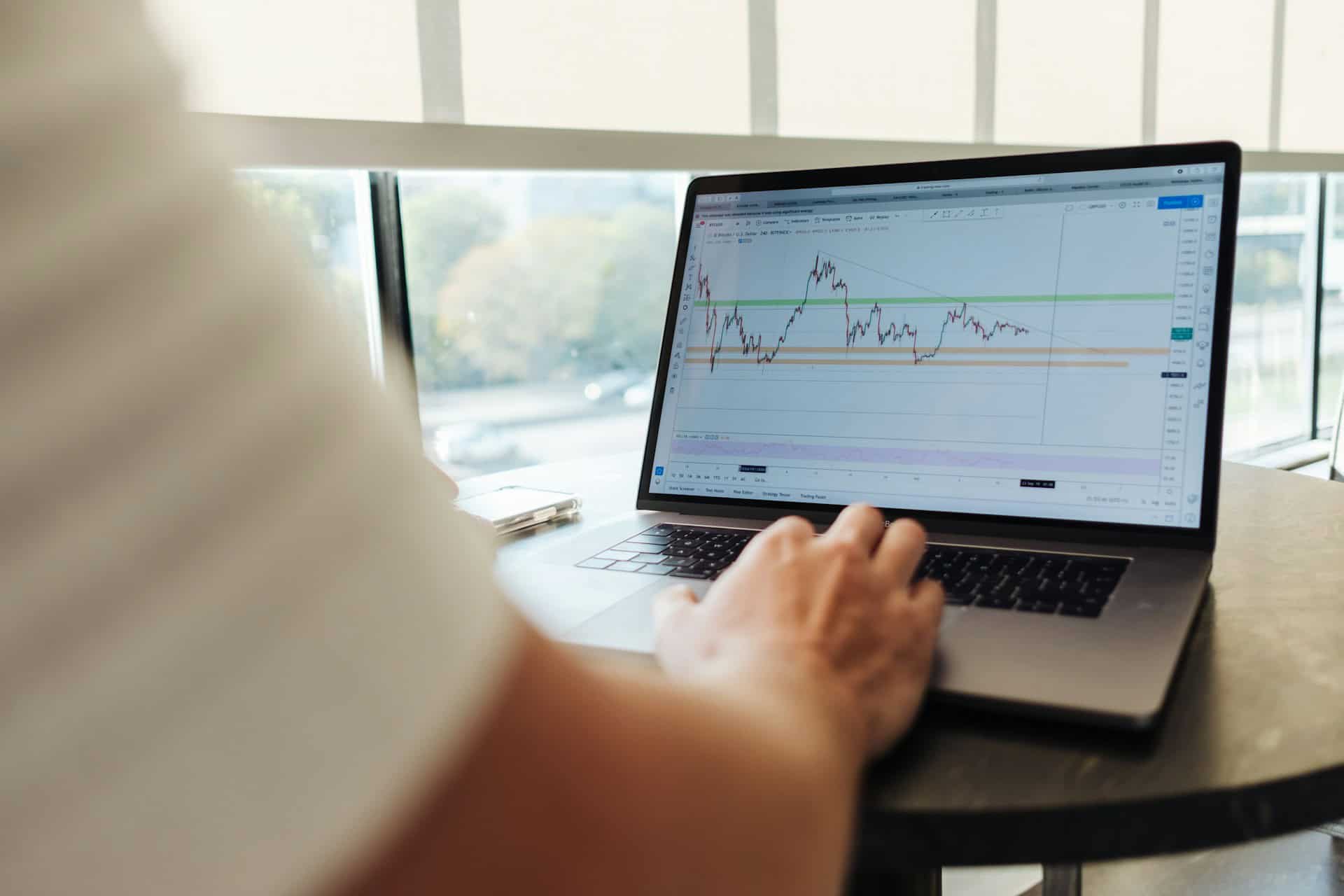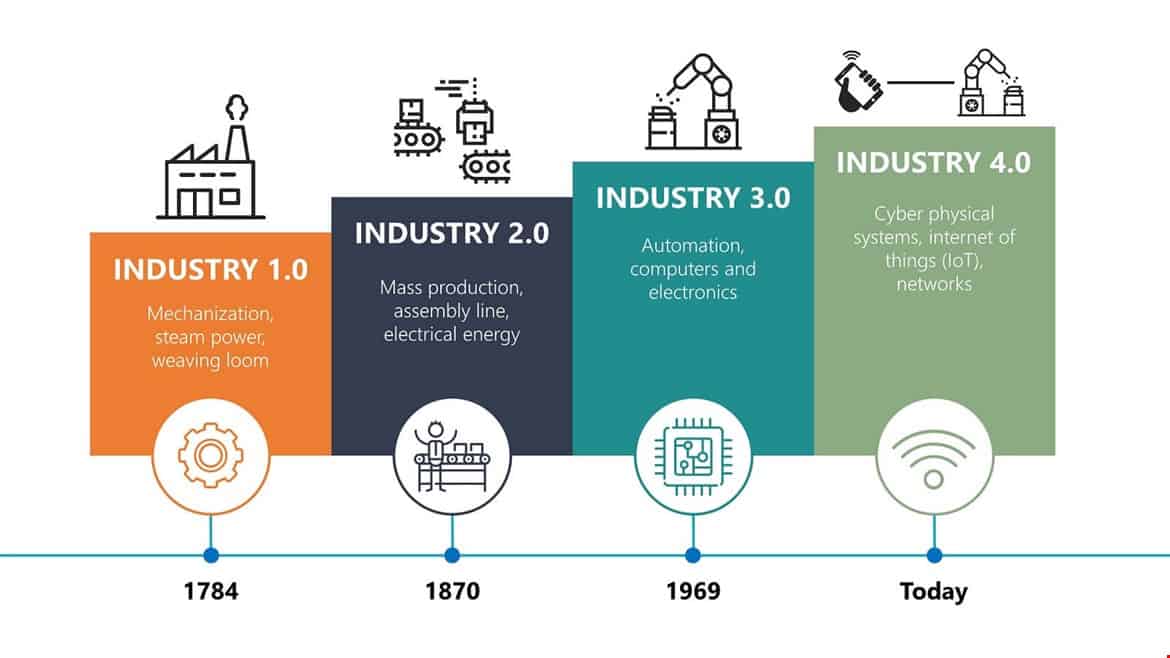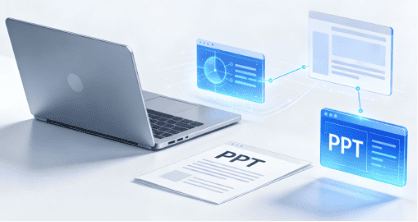In today’s digital world, cybersecurity isn’t just a buzzword—it’s a necessity. Companies, no matter the size, are vulnerable to evolving cyber threats. As we move into 2025, the landscape is shifting, and businesses need to be aware of the most prominent dangers lurking. Cybercriminals are using more advanced tactics, making it crucial for organizations to stay informed and prepared.
In this article, we’ll dive into the top cyber threats that businesses should watch out for in 2025 and offer practical ways to defend against them.
1. Internet of Things (IoT) Security Risks
The rise of Internet of Things (IoT) devices in the workplace introduces new security risks. While IoT devices, such as smart thermostats and connected cameras, offer convenience, many of them are not designed with security in mind. Weak passwords, unpatched firmware, and unencrypted data make these devices easy targets for attackers.
To secure IoT devices, businesses should change default passwords, regularly update the device firmware, and ensure that these devices are isolated from critical systems. Network segmentation, where IoT devices are placed on a separate network, can help reduce the risk of an IoT breach affecting other parts of the organization.
2. Targeted Brute Force and Password Attacks
One of the biggest cybersecurity concerns in 2025 is brute force attacks, where attackers try multiple password combinations to gain unauthorized access to user accounts. A more sophisticated version of this is password spraying. In password-spraying attacks, hackers attempt a small number of common passwords across many different accounts, which helps them avoid triggering account lockouts.
Password spraying attack defense has become essential for organizations because this method can be hard to detect. To guard against it, businesses should enforce strong password policies and encourage the use of multifactor authentication (MFA). MFA provides an extra layer of security by requiring not just a password but also a secondary verification step, like a code sent to a user’s phone. Implementing MFA across the organization is one of the most effective ways to prevent unauthorized access.
Additionally, organizations should regularly monitor login attempts, especially those that seem suspicious or come from unusual locations. This proactive approach can help detect potential threats early and prevent successful attacks. Training employees on the importance of password security and recognizing potential risks is also crucial.
3. Ransomware Attacks
Ransomware attacks, where cybercriminals lock up company data and demand a ransom to release it, are a significant threat in 2025. These attacks are particularly damaging because they can bring business operations to a halt, and paying the ransom doesn’t always guarantee that the data will be restored.
Organizations, especially those handling sensitive data, such as hospitals and financial institutions, are prime targets for ransomware attacks. To mitigate this risk, businesses should have a robust incident response plan in place, including regular backups of critical data. These backups should be stored securely and offline to prevent them from being compromised during an attack.
Additionally, using up-to-date security software and ensuring that systems are patched regularly can help prevent vulnerabilities that ransomware exploits. Training employees on how to recognize potential threats, like suspicious email attachments, is also key to avoiding an attack.
4. Supply Chain Attacks
Supply chain attacks are becoming more common as cybercriminals recognize that infiltrating a third-party vendor can be an easy way to gain access to a company’s network. In these attacks, hackers target a vendor’s systems and use the compromised access to exploit vulnerabilities in the organization’s network.
A notable example of a supply chain attack is the SolarWinds breach, which affected many high-profile companies and government agencies. These types of attacks are particularly dangerous because they are harder to detect and can spread across multiple systems quickly.
To defend against supply chain attacks, organizations need to vet their vendors carefully and ensure they have strong security practices in place. Regular security assessments and monitoring of third-party connections are also important. Businesses should limit the access that vendors have to sensitive information and systems, ensuring that only necessary permissions are granted.
5. Cloud Security Vulnerabilities
As more businesses move their operations to the cloud, cloud security is becoming a critical concern. While cloud services offer flexibility and scalability, they also introduce new security challenges. Misconfigured servers, for example, are a common vulnerability that can lead to data breaches.
In 2025, businesses need to pay close attention to how their cloud infrastructure is managed. This includes ensuring that access controls are in place and that sensitive data is encrypted. Regular audits of cloud configurations can help identify and fix potential vulnerabilities before they are exploited by cybercriminals.
Using secure cloud providers with robust security measures is also essential. Organizations should also consider using hybrid cloud solutions, where sensitive data is stored in more secure on-premises environments while less critical data is stored in the cloud.
6. Insider Threats
Insider threats continue to be a major concern for organizations in 2025. These threats come from employees or contractors who have access to sensitive systems and information. Insider threats can be intentional, where a disgruntled employee deliberately leaks information or compromises systems, or unintentional, where employees accidentally cause a breach by clicking on a malicious link or sharing confidential information.
What makes insider threats so dangerous is that they bypass many of the traditional security measures designed to keep external attackers out. To mitigate insider threats, businesses should limit access to sensitive data and systems based on role. Regular monitoring of employee activities and anomaly detection tools can help identify suspicious behavior early. Additionally, fostering a positive work culture and clear communication can reduce the likelihood of intentional threats.
7. Phishing and Spear Phishing Attacks
Phishing attacks have been around for years, but they remain one of the top cybersecurity threats in 2025. These attacks involve cybercriminals sending fraudulent emails or messages that trick individuals into providing sensitive information like login credentials or credit card details. While traditional phishing targets a broad audience, spear phishing is much more targeted and personalized.
Spear phishing attacks often focus on high-level executives or individuals with access to critical systems. The emails or messages used in these attacks are crafted to appear legitimate, often mimicking real communications from trusted colleagues or vendors. This makes them harder to spot and more effective at gaining access to valuable information.
As we move into 2025, the cyber threats facing organizations are growing in complexity and scale. From password-spraying attacks to AI-driven threats, businesses must stay vigilant and proactive. By adopting strong security measures, training employees, and staying informed about the latest threats, companies can protect their data and systems from the most pressing cyber threats of 2025.






